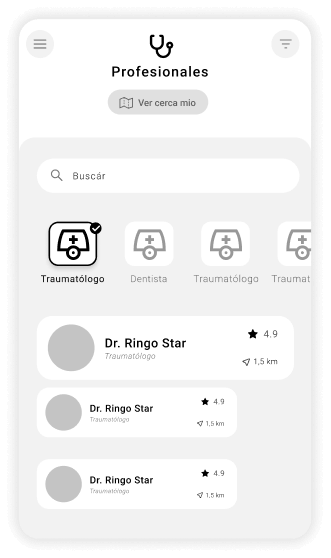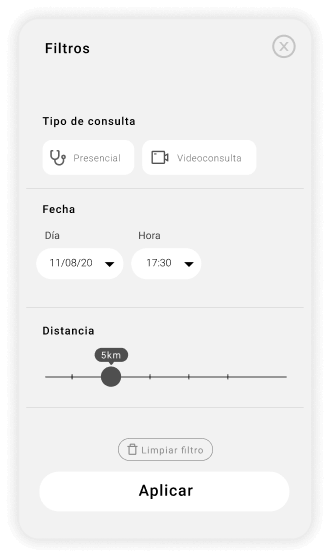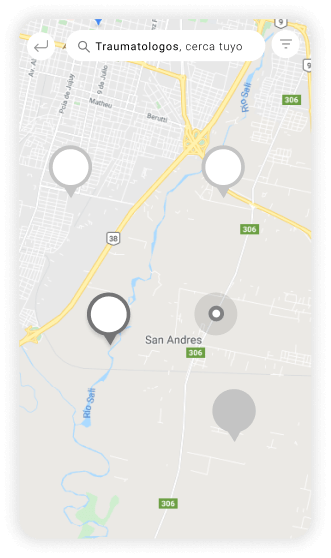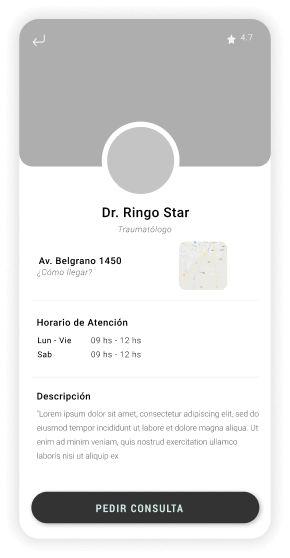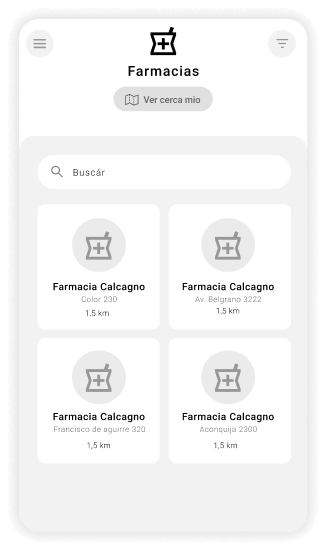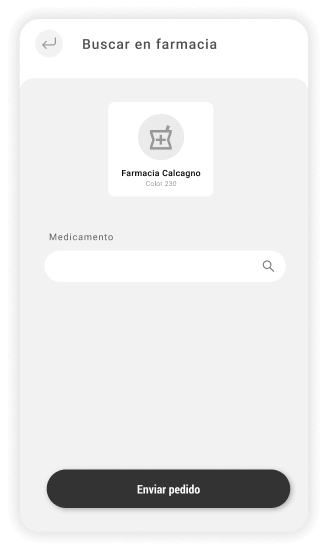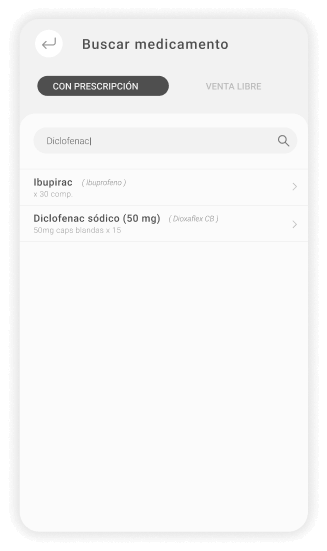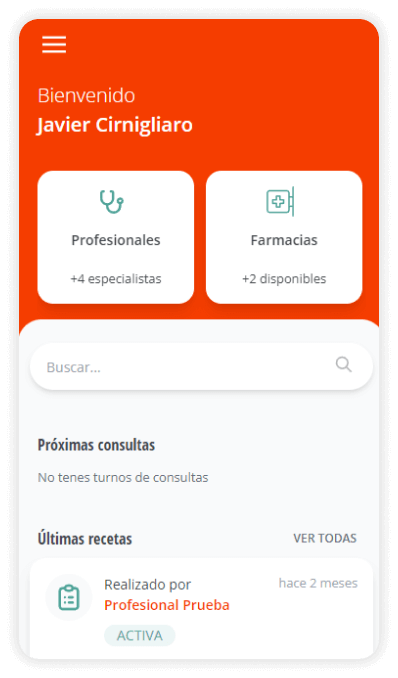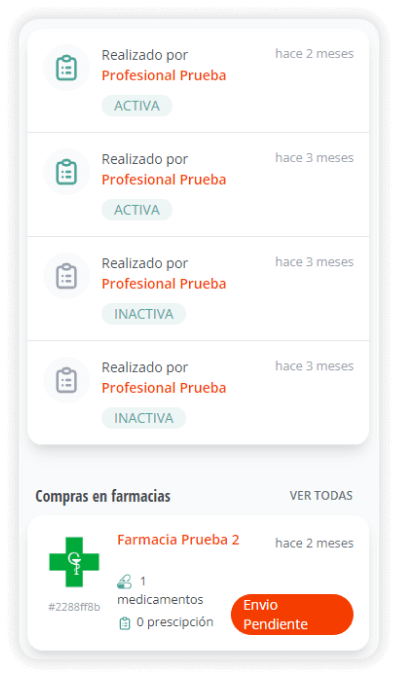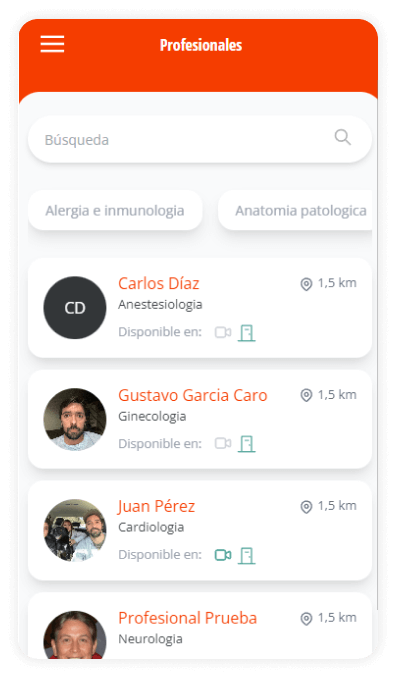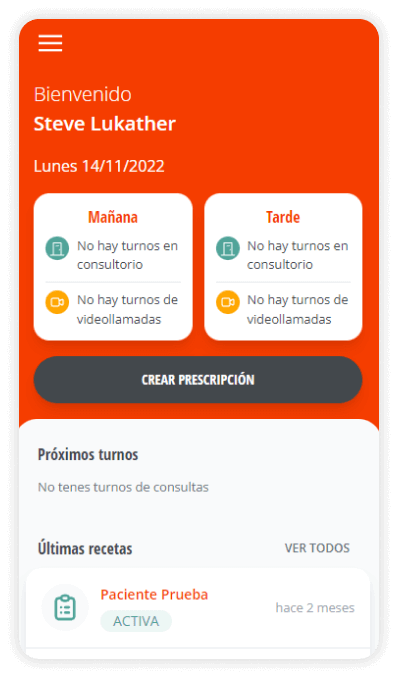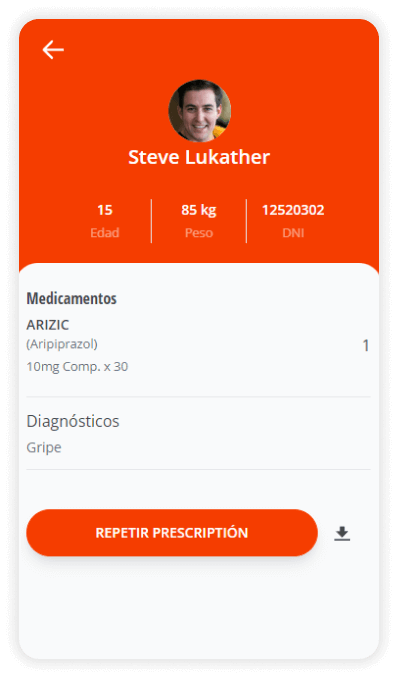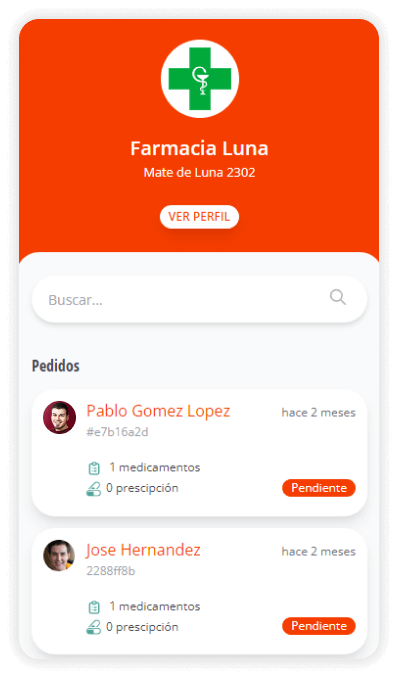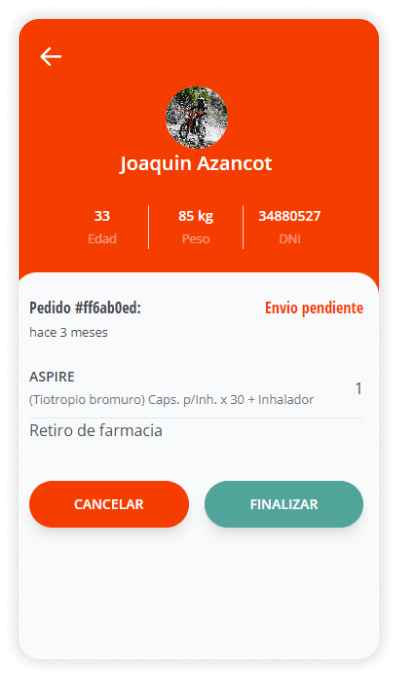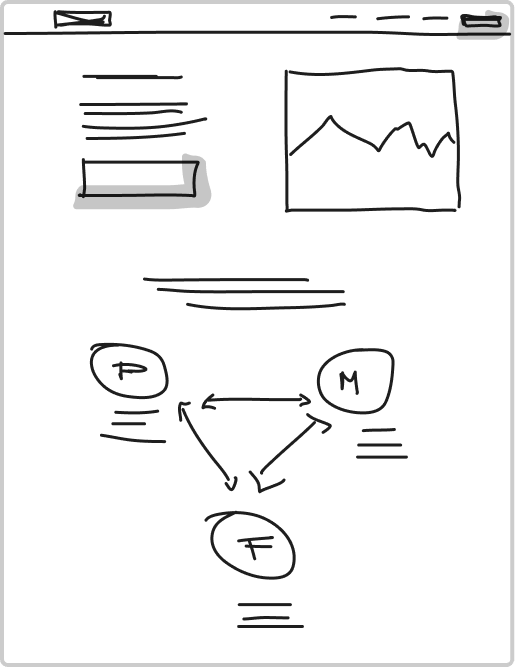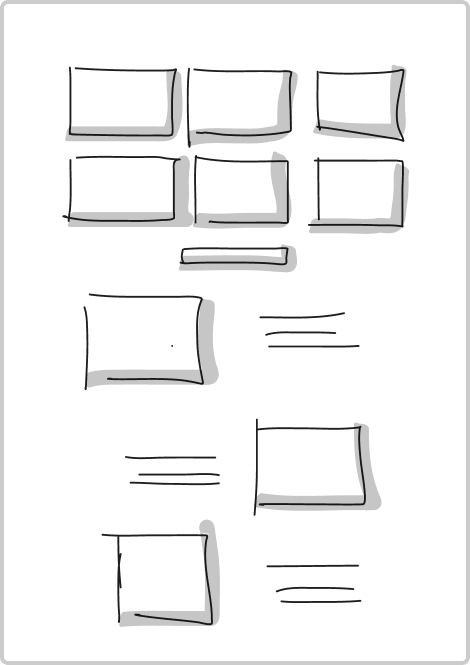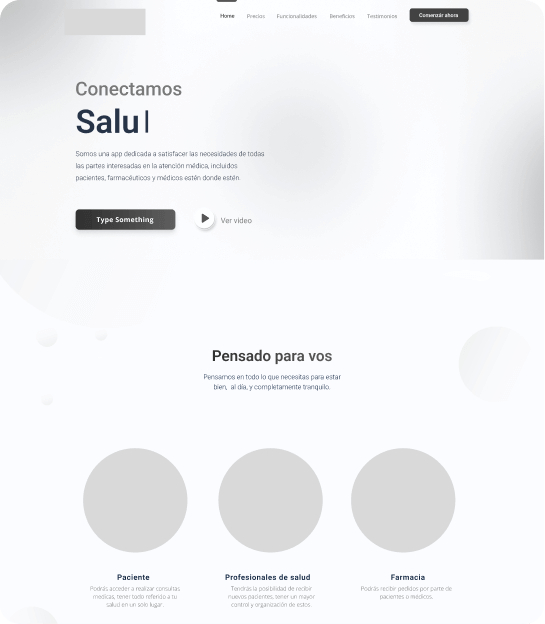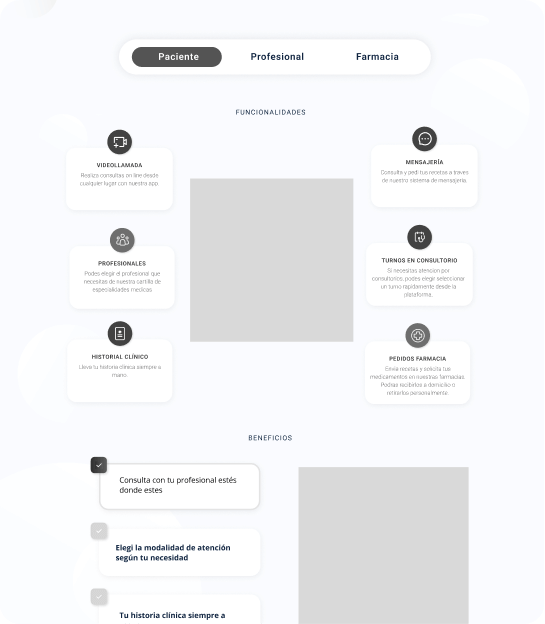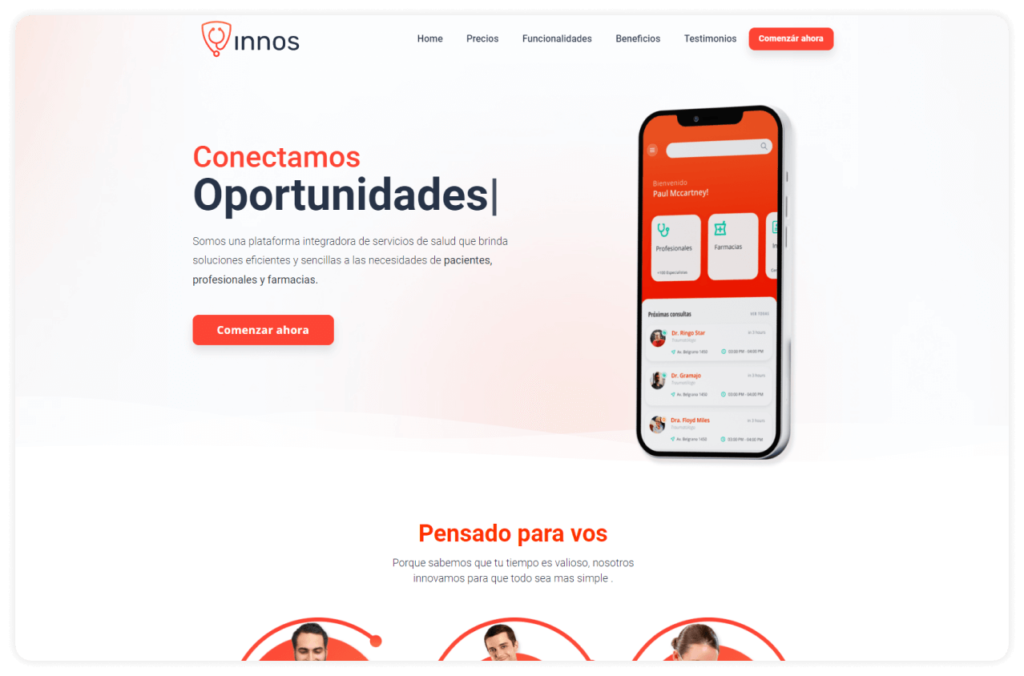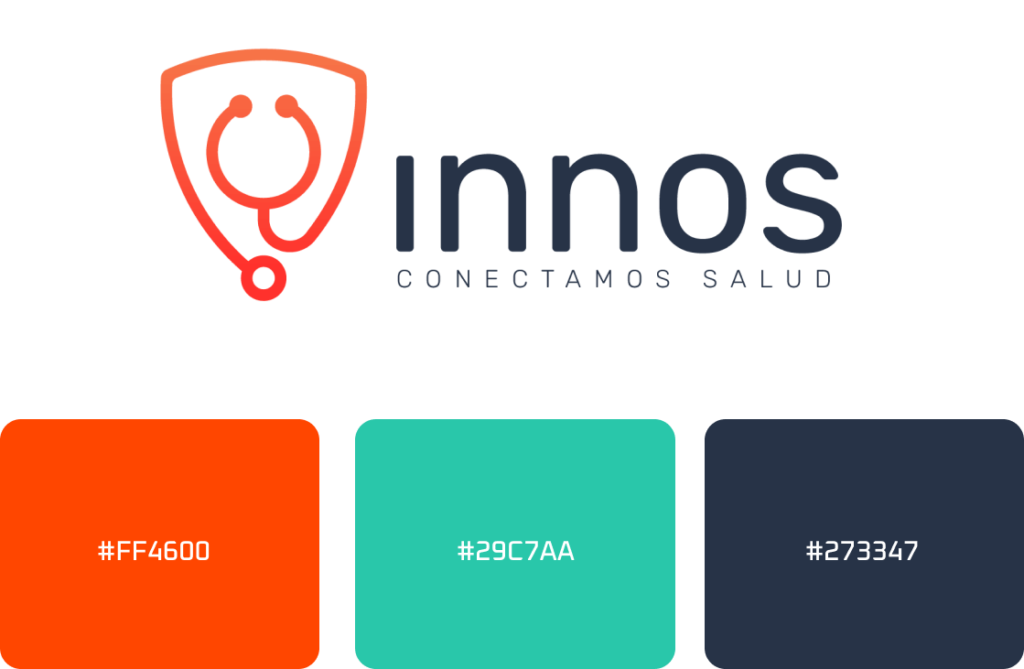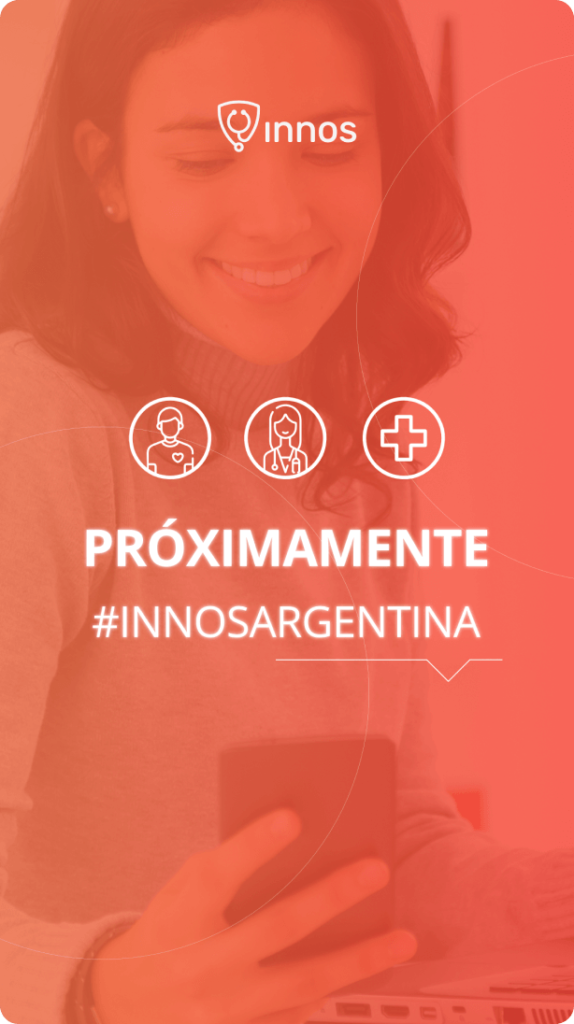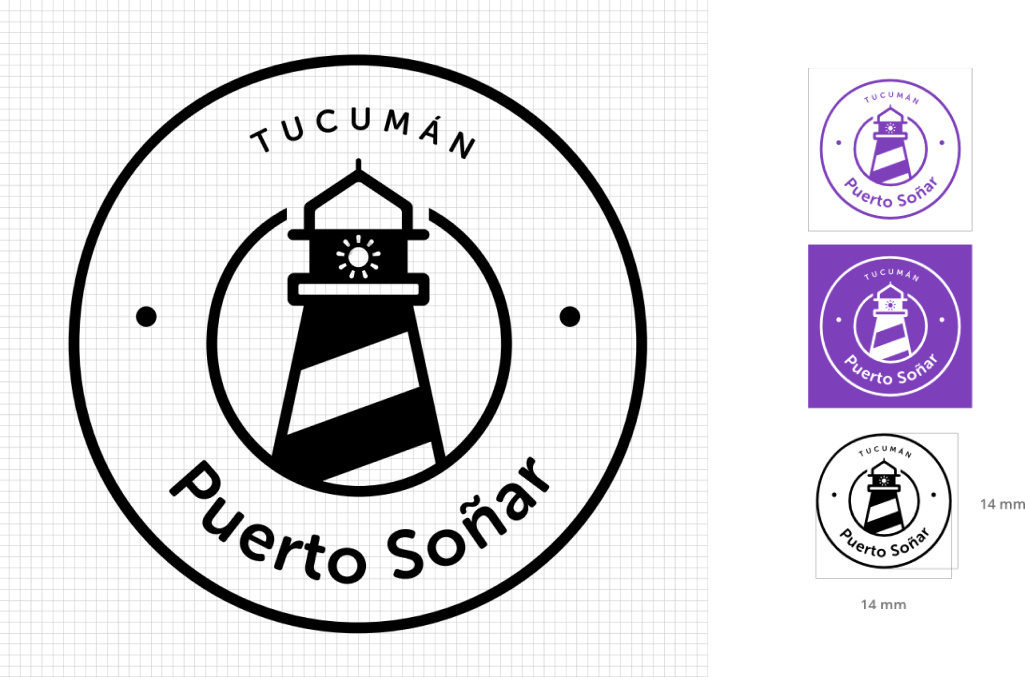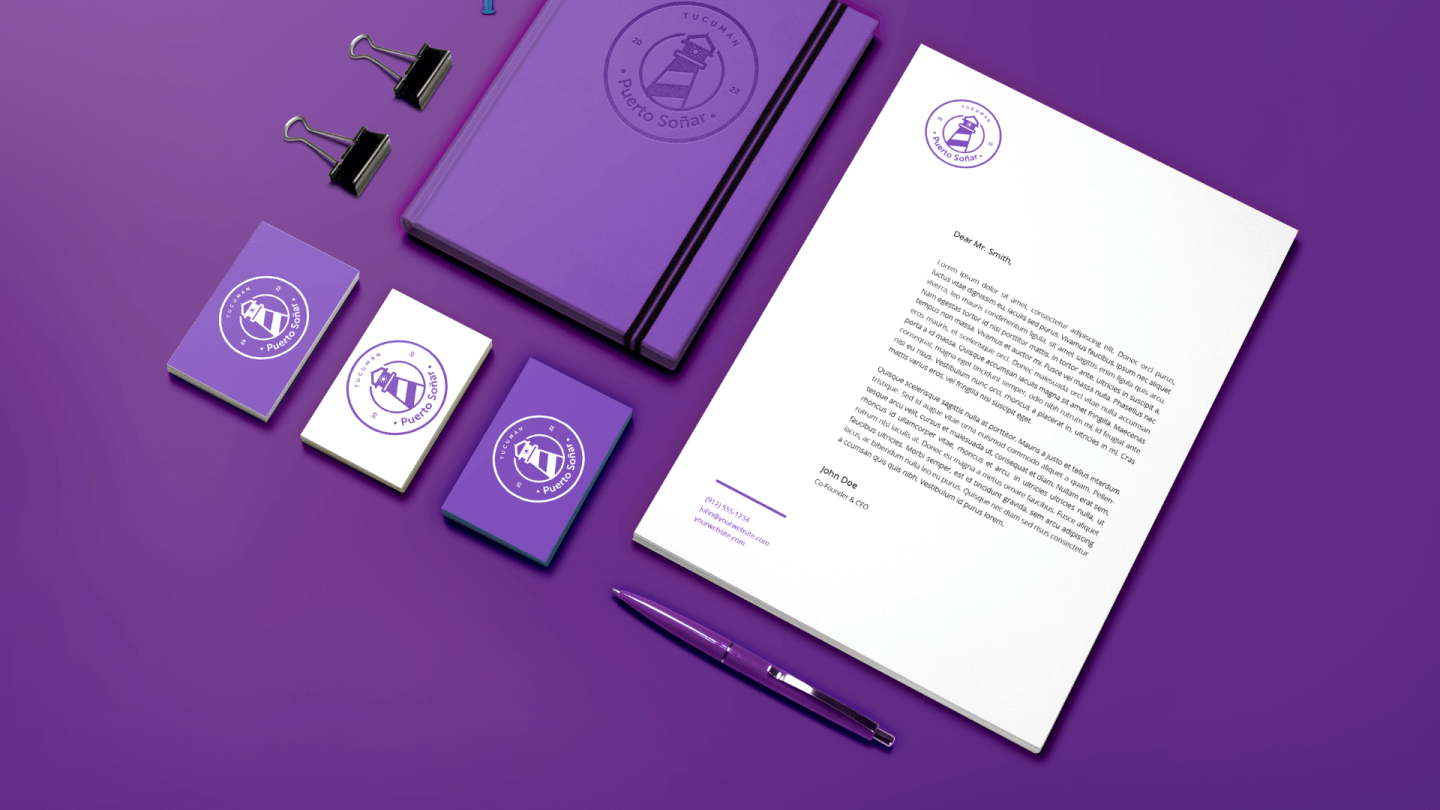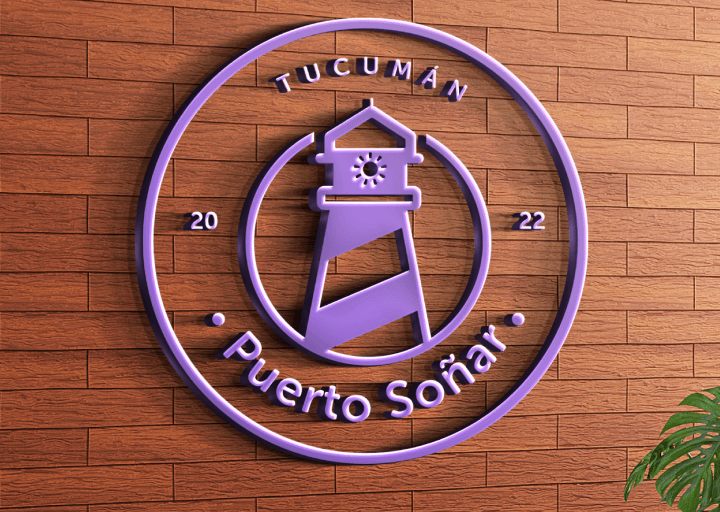Technology stack, the scalability wildcard for your organization
Judging by the beginning of the title, you'll think that we're about to talk about electric batteries or stacks of objects. We like the second one, so we'll give you the first preview: a technology stack is the software starter pack in companies that need ensure sustained growth with a future project in mind.
It's enough to select the correct objects in this technological stack to expand the commercial horizons of a company from the beginning with IT tools. That is why it's essential to know the scalability capacity.
The definition of a technological stack implies a previous work of strategic analysis because the choice of the software products that are going to shape, it's the tools that are going to work in a systemic way as the business grows with its customers. So this selection should by no means be taken into account in isolation.
Technology stack... what is it?
Stacks in the IT world refer to a collection of programs that work together to provide specific functionality. For example, a web development stack may include an operating system, a web server, a programming language, and a database.
Hand in hand with this, one of its greatest strengths implies ability to adapt to the requirement. If we're facing a project related to the marketing area, we've a MarTech stack. If we're in charge of a finance project, we've a FinTech stack. As each stack has a compendium of technologies, they all provide a standardized set of tools to implement whatever the application is, benefiting to reducing the amount of time and effort in development.
The stacks are commonly used by organizations to develop internal applications and to offer services. For example, a company may use a web development stack to create an e-commerce application. On the other hand, a hospital may use a mobile development stack to create a mobile application for patients.
A clear example we can provide from Lab9 regarding technology stacks is our work for Sharyco, a corporate application supported by at least four developers and a mobile development stack.
How to build a technology stack correctly
While there are no hard and fast rules about what may or may not guarantee your organization's technology success, these recommendations can guide you in how diagram your scalability stack. Next:
- Plan for the future: it's true that technology solutions solve immediate problems, but each one must be in the focus of analysis along with the rest of your technology stack, opposite case, the realignment will be very costly.
For example, if you plan to add email to your MarTech stack, you should consider what other channels would be in the future. If you plan to add a chatbot or messaging via WhatsApp, you'd be better off jumping into a platform like Twilio early on.
- Create a Minimum Viable Product (MVP): the MVP focuses on creating a product or service with basic but easily sellable features. This creation leads to the recommendation to test the project on a smaller scale before making an investment. This way can easily monitor the needs of the market.
Take advantage of open source technology: open source tools are free and freely available, which gives your company free access to use, copy, modify, share and build on existing code and applications.
For example, we can cite the popular MEAN technology stack, which includes MongoDB, Express.js, AngularJS and Nodejs, all of which are open source and free.
- Create budgets: budgets and tech stacks are two essential topics when diagramming your tech stack. You'll always need the numerical state to start thinking about your future project. Questions such as "what revenue margins will my MVP have to reach to be profitable?" or "how will scale affect your expenses in the future?" should not be missing from your checklist.
Consider the team's experience: building certain types of technology stacks requires different levels of expertise. In fact, adopting new technologies can even slow down or stall progress if you don't have an experienced team. To avoid this, you should training collaborators or hiring a specialist.
The user as the protagonist: there's nothing better than knowing your customer's pain points to come up with an idea that meets each and every one of their needs. Research, analysis and establishment of parameters are essentials for a project to have a budget according to the scalability of the technological stack.
